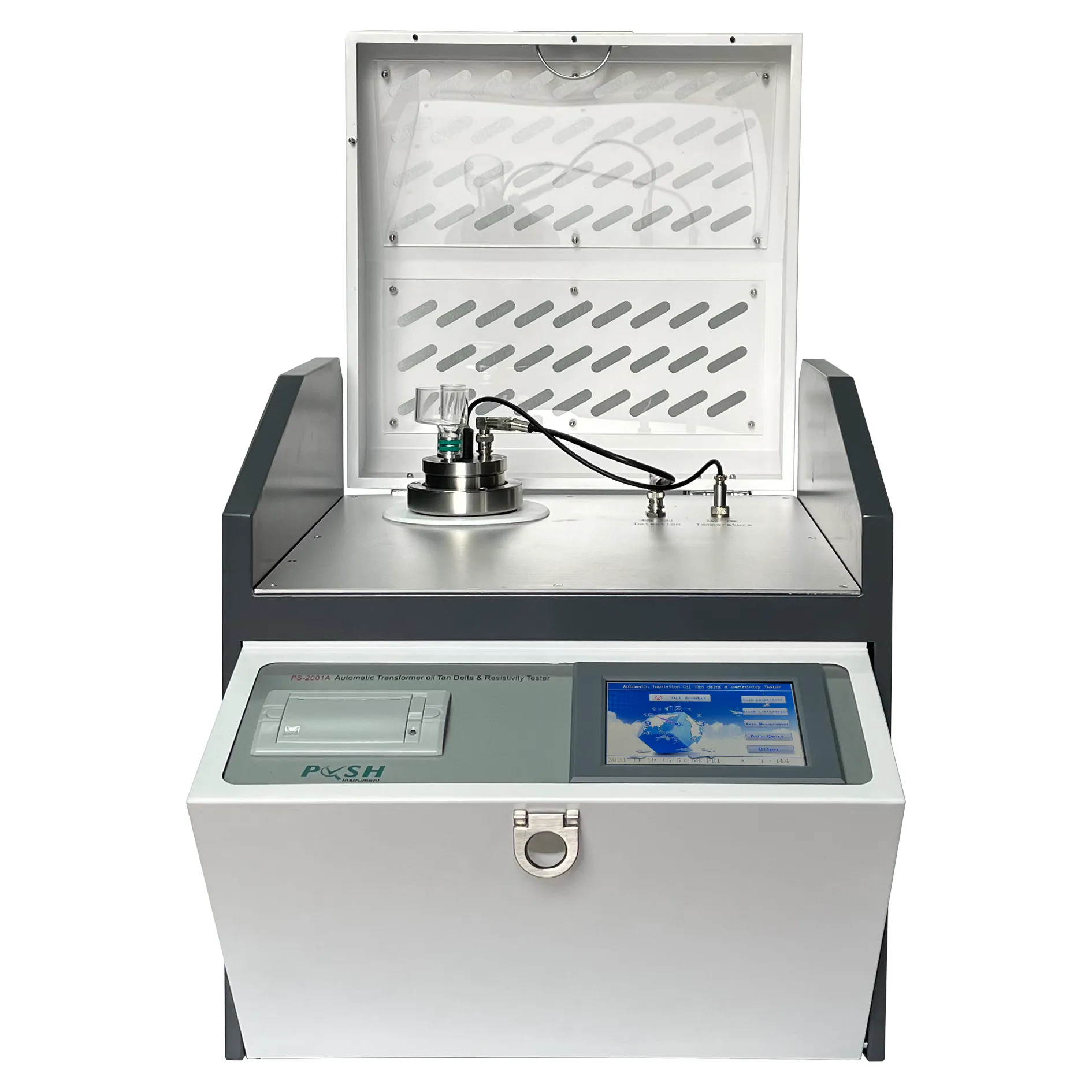 English
English


Understanding AC DC Withstand Voltage Testers for Electrical Insulation and Safety Compliance Applications
Understanding AC/DC Withstand Voltage Testers Ensuring Electrical Safety and Reliability
In the world of electrical engineering and maintenance, ensuring the safety and reliability of electrical systems is of paramount importance. One of the essential tools used for this purpose is the AC/DC withstand voltage tester. This device plays a critical role in identifying insulation weaknesses and ensuring that electrical equipment meets safety standards.
What is an AC/DC Withstand Voltage Tester?
An AC/DC withstand voltage tester, also known as a hipot tester or insulation tester, is designed to evaluate the insulation strength of electrical components and systems by applying a high-voltage test signal. This test signal can be either an alternating current (AC) or direct current (DC), allowing for versatile assessments depending on the application and requirements.
Importance of Withstand Voltage Testing
Withstand voltage testing is crucial for several reasons. First and foremost, it helps prevent electrical failures that can lead to equipment damage, fire hazards, or safety incidents. By identifying potential insulation breakdowns before they escalate, companies can save on repair costs and avoid downtime associated with equipment failures.
Moreover, many industries are subject to regulatory standards that mandate regular insulation testing
. Compliance with these standards not only ensures safety but also helps maintain the integrity of equipment and the operational reliability of electrical systems.How Does it Work?
ac dc withstand voltage tester

The functioning of an AC/DC withstand voltage tester is relatively straightforward. The device applies a specified voltage, higher than the normal operating voltage of the electrical component, for a certain duration. If the insulation of the component is adequate, there should be no breakdown or leakage current beyond permissible levels.
For AC testing, the applied voltage typically ranges from 500V to 5kV, while DC testing can go up to 10kV or more, depending on the equipment specifications. The choice between AC and DC testing often hinges on the type of equipment being tested and the specific industry requirements.
Key Features to Look For
When selecting an AC/DC withstand voltage tester, certain features and specifications should be taken into account
1. Voltage Range Ensure the tester can accommodate the voltage levels required for your applications. 2. Test Duration Settings Multiple settings allow you to configure the duration of the test according to the standards you need to meet. 3. Leakage Current Measurement The ability to measure leakage current in real-time helps assess insulation conditions immediately. 4. Safety Features Look for testers with features such as automatic discharge after testing and protective measures to ensure user safety. 5. Data Logging and Reporting Modern testers often come equipped with data logging capabilities to store test results and facilitate analysis.
Conclusion
In conclusion, AC/DC withstand voltage testers are indispensable tools in the electrical industry, helping to ensure that insulation systems are reliable and safe. By identifying weaknesses in electrical components before they lead to failures, these testers play a crucial role in maintaining operational efficiency and ensuring compliance with safety regulations. For anyone involved in electrical equipment maintenance or manufacturing, investing in a high-quality withstand voltage tester is not just recommended—it is essential for ensuring a safe and reliable electrical environment.
-
Differences between open cup flash point tester and closed cup flash point testerNewsOct.31,2024
-
The Reliable Load Tap ChangerNewsOct.23,2024
-
The Essential Guide to Hipot TestersNewsOct.23,2024
-
The Digital Insulation TesterNewsOct.23,2024
-
The Best Earth Loop Impedance Tester for SaleNewsOct.23,2024
-
Tan Delta Tester--The Essential Tool for Electrical Insulation TestingNewsOct.23,2024





